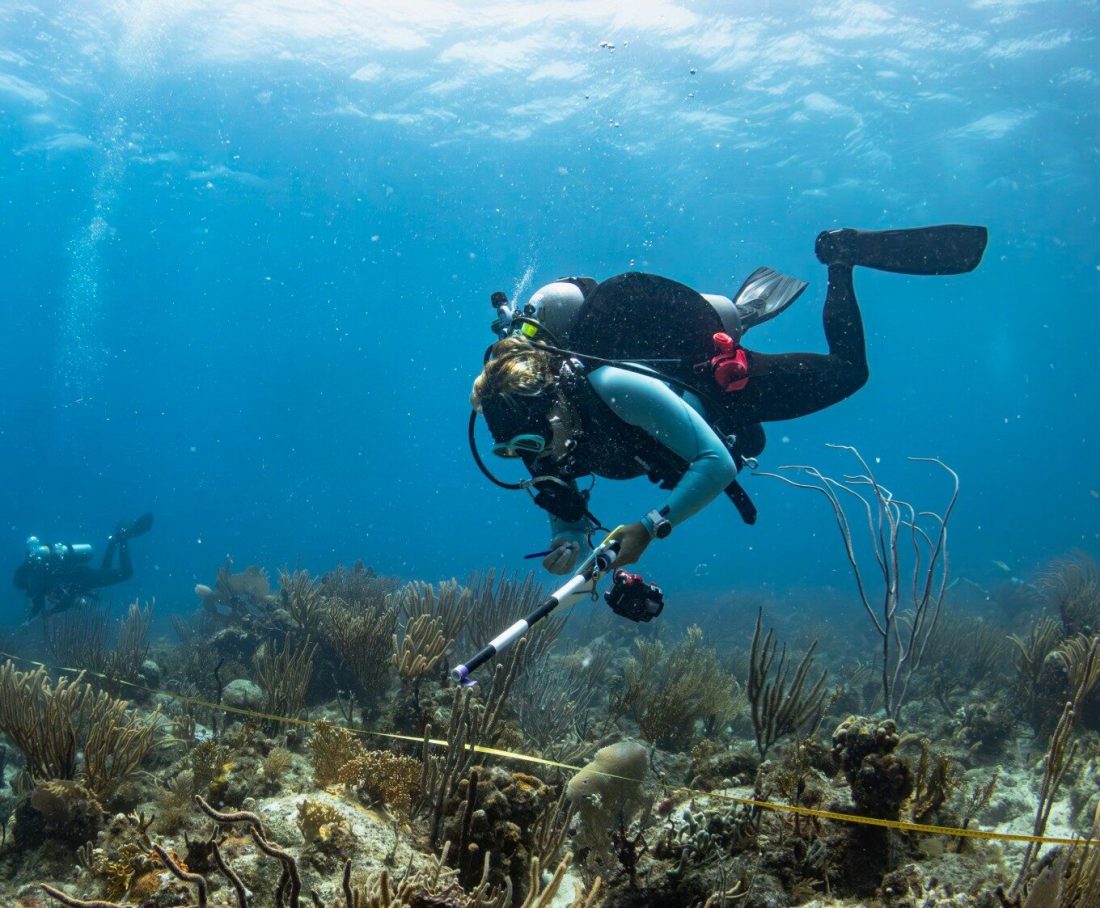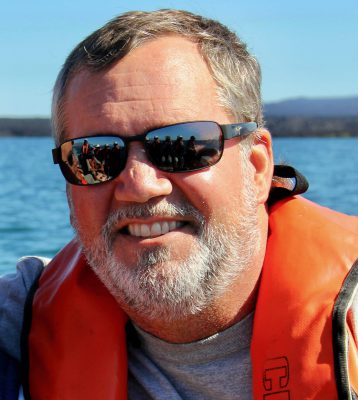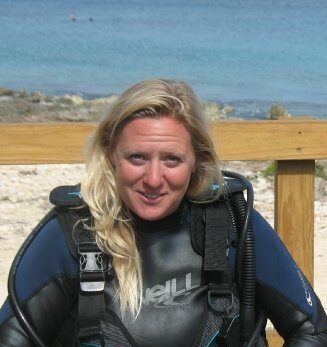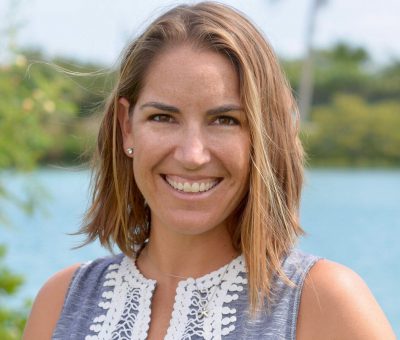Dr. Steve Gittings has a broad range of experience in conservation science, characterizing and monitoring marine ecosystems, assessing damage and recovery following ship groundings and oil spills, and applying science to management. He has over 40 years of experience in scientific diving, ROV operations, and submersible use.
Dr. Gittings was inspired to become a marine scientist during a college field course in tropical ecology. He received a B.S. in Biology at Westminster College in 1979, then M.S. and Ph.D. degrees in Oceanography at Texas A&M University. In graduate school, he studied the ecology of a natural brine seep, as well as biofouling ecology and the taxonomy and biogeography of barnacles. He investigated the effects of brine discharges of the Strategic Petroleum Reserve, produced a field guide to the barnacles of the Gulf of Mexico, and conducted investigative work for the National Transportation Safety Board. He also helped characterize the reefs and banks of the northwestern Gulf of Mexico, and studied deep reefs in the northeastern Gulf. His doctoral research was on the processes affecting recovery of coral reefs following extensive mechanical damage.
After graduate school, he established a monitoring program on two reefs in the Gulf of Mexico called the Flower Garden Banks that is still operating. In a series of saturation missions on the undersea habitat Aquarius, he monitored changes in deep reefs habitats in the Florida Keys. He became NOAA’s first manager of the Flower Garden Banks National Marine Sanctuary in 1992. In 1998, he became Chief Scientist for the National Marine Sanctuary System, and now works with scientists to better understand the ecosystems of the nation’s marine sanctuaries and marine national monuments, track changing conditions, and reduce human impacts that diminish environmental quality.
Dr. Gittings works in the U.S. and internationally in the Caribbean and Mediterranean on invasive lionfish response planning. Recently, he has been developing traps designed to catch lionfish in waters beyond scuba depth. The traps minimize by-catch, eliminate ghost-fishing, and could help fishermen provide a steady supply of lionfish to seafood and other developing markets, supplementing their income while protecting native ecosystems.
 CONTACT
CONTACT gallery
gallery facebook
facebook instagram
instagram youtube
youtube twitter
twitter











